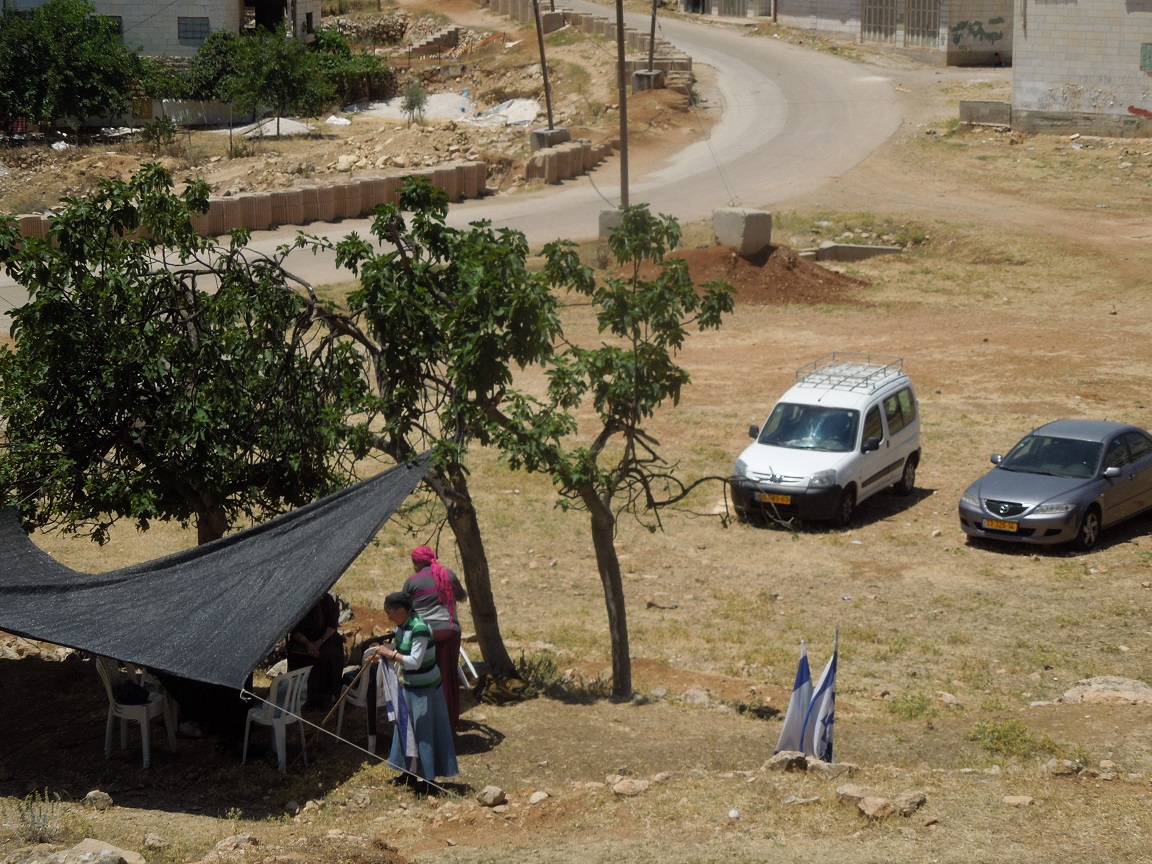Year: 2013
-
Settlers setting up tent and planning road in Palestinian owned land in Al Khalil
27th May 2013 | International Solidarity Movement, Team Al Khalil | Hebron, Occupied Palestine UPDATE 28th May: Settlers claim that they will return on 28th May to build a road on Palestinian owned land in Wadi al-Hussein, Al Khalil. No building has yet taken place and settlers have yet to provide any documentation or court…
-
Free Sireen Sawafteh- Arrested by Israel on the 14th May 2013
27th May 2013 | International Solidarity Movement, Tubas, Occupied Palestine UPDATE 28th May 2013: Israeli court prolonged the arrest of Sireen until Thursday in which she will see a judge. To this day she is banned from seeing a lawyer Last Tuesday Sireen, a 24 year old woman from Tubas, was detained by Israeli forces.…
-
Sixteen-year-old boy blindfolded and arrested late at night without evidence
27th May 2013 | International Solidarity Movement, Team Al Khalil | Hebron, Occupied Palestine Following the events of the settler tour during yesterday afternoon Fuad Asem al Batsh, a sixteen-year-old minor, was arrested in Hebron without any evidence or court decision. He was released after about an hour. It was at 10 pm in the old…


